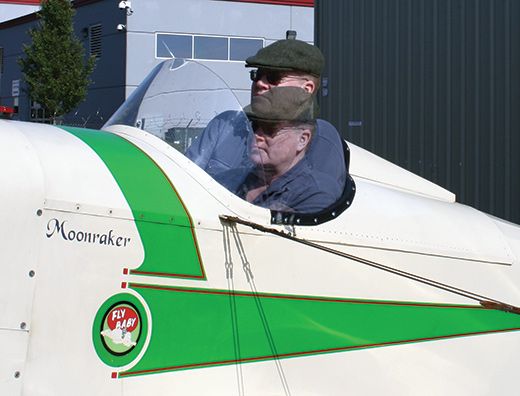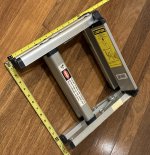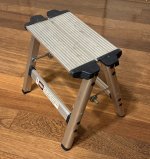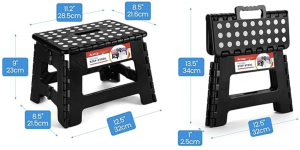Ed_Wischmeyer
Well Known Member
With a total knee replacement coming up in just under a month, it was time to look at options with easier ease of entry than the RV-9A. The obvious candidate was a Glasair Sportsman 2+2. It's roomier than the RV-9A, has a high wing for better sightseeing, is a nice handling machine, burn a little more than the O-320, but is maybe 20 knots slower than the -9A. The 2+2 kit is also expensive, and the company was recently sold overseas to, you guessed it, China.
A this point, I've got about 1,300 RV hours, CFII/ATP and all that, and three (count 'em) hours in Glastars of all types, writing pilot reports.
The insurance company also wants ten hours of checkout. I could probably see the entire envelope in three hours, but... and I don't know where I'd find a CFI. Probably cheaper to fly one in to Savannah...
Insurance quote for me for a Glastar Sportsman 2+2, with a hull value 50% more than the RV-9A, is (drum roll, please) a tad more than four times the RV-9A premium.
There's advantages to flying RVs...
A this point, I've got about 1,300 RV hours, CFII/ATP and all that, and three (count 'em) hours in Glastars of all types, writing pilot reports.
The insurance company also wants ten hours of checkout. I could probably see the entire envelope in three hours, but... and I don't know where I'd find a CFI. Probably cheaper to fly one in to Savannah...
Insurance quote for me for a Glastar Sportsman 2+2, with a hull value 50% more than the RV-9A, is (drum roll, please) a tad more than four times the RV-9A premium.
There's advantages to flying RVs...









